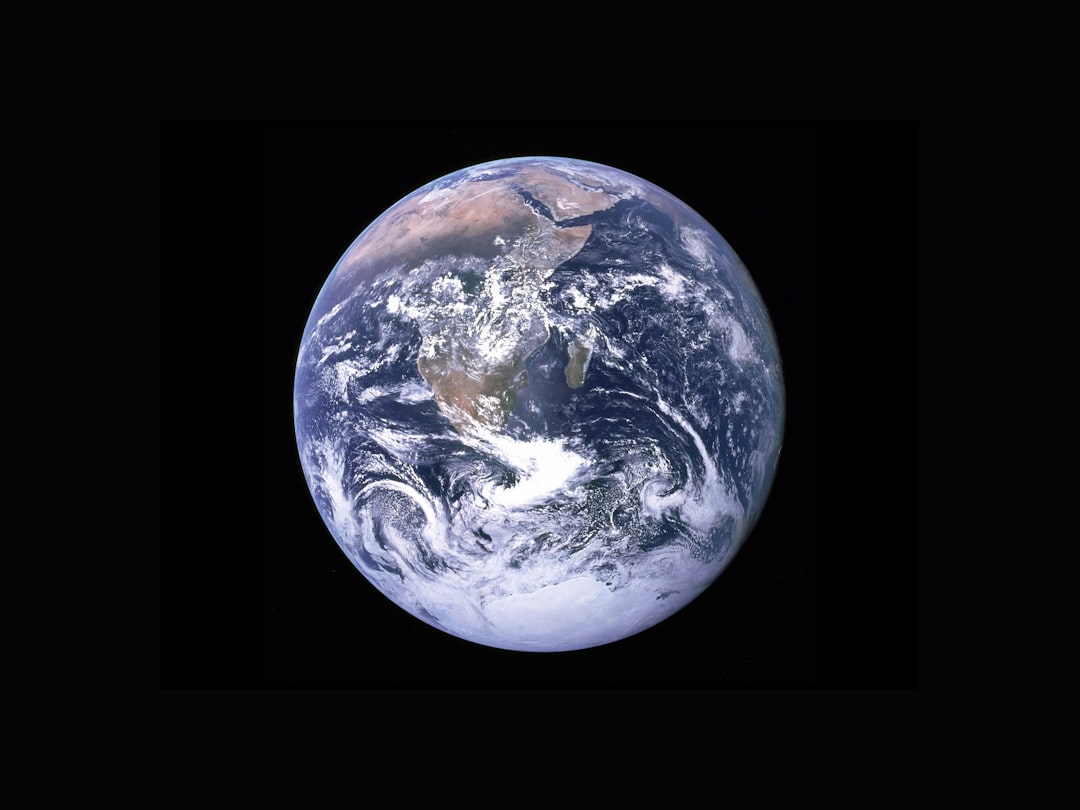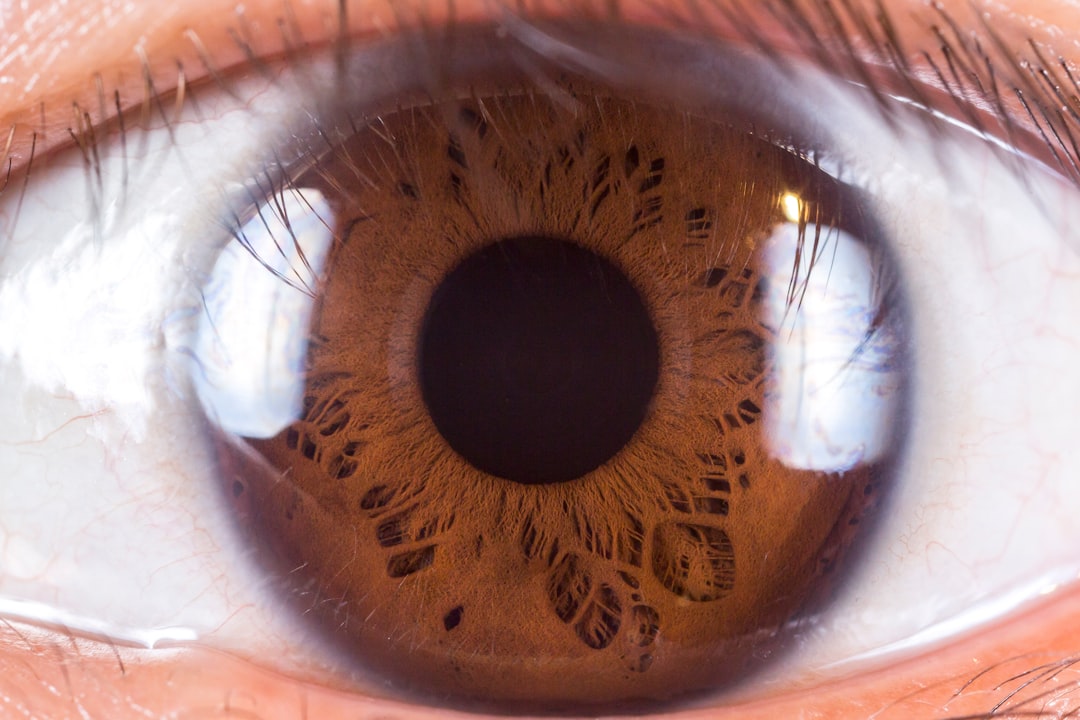What is it about?
This paper looks at how dragons changed from the simple speechless monsters of the St George type story to the complex, often intelligent, ethically diverse creatures of modern literature. The paper focusses on the crucial period of the end years of the 19th century which is when we first find stories with modern type dragons. The paper uses the various dragon stories published for children at the end of the 19th century to provide evidence for the discussion.
Featured Image
Why is it important?
There is a common belief that the modern dragon started with Nesbitt and Grahame. But actually, there were many other writers, both American and British also writing dragon stories at the same time. The paper argues that i) the re-discovery of the Scandinavian dragon, ii) the new influence of the oriental dragon, and iii) the shift of dragons out of adult literature into children's literature were three powerful influences on the development of the modern dragon.
Read the Original
This page is a summary of: Dragons in English: The Great Change of the Late Nineteenth Century, Children s Literature in Education, May 2013, Springer Science + Business Media,
DOI: 10.1007/s10583-013-9201-z.
You can read the full text:
Contributors
The following have contributed to this page










